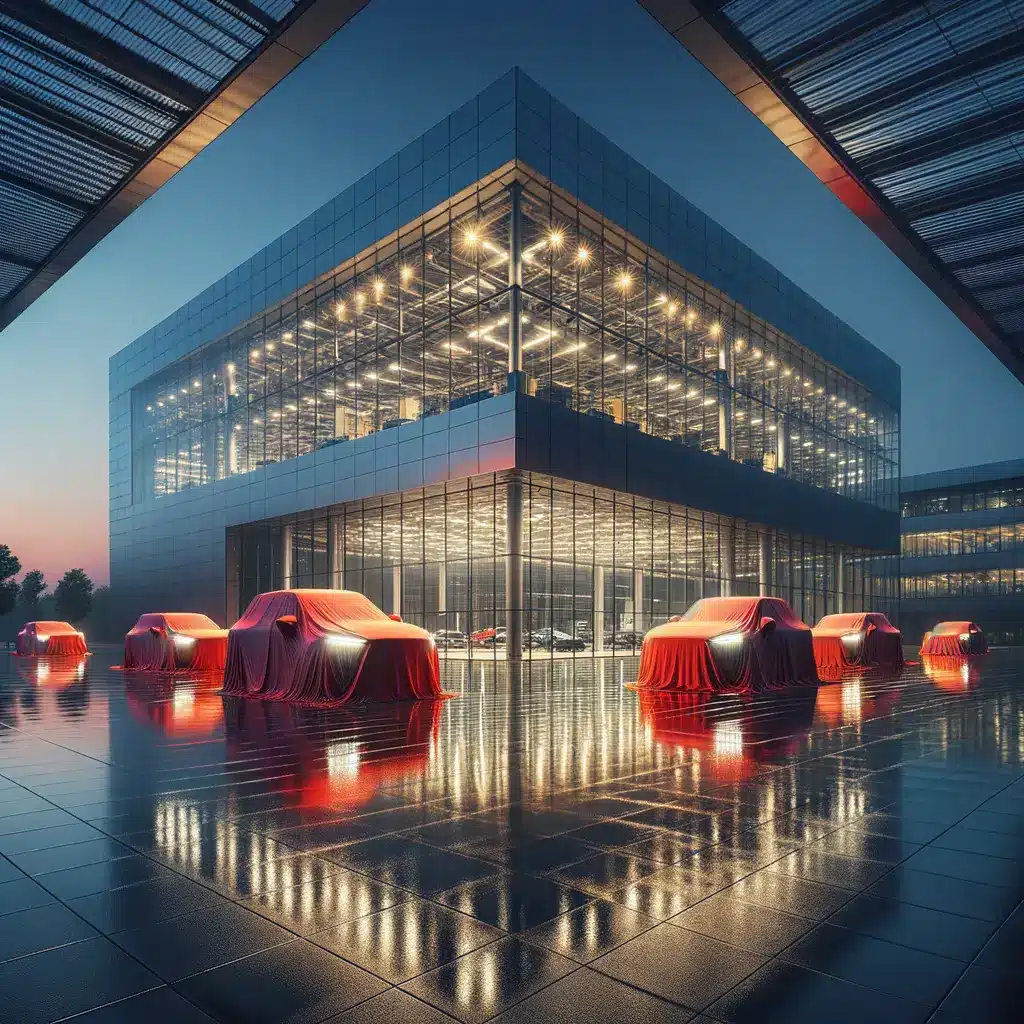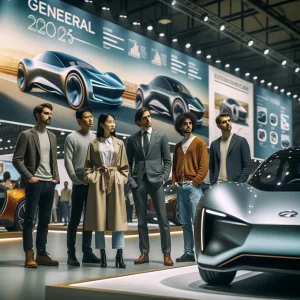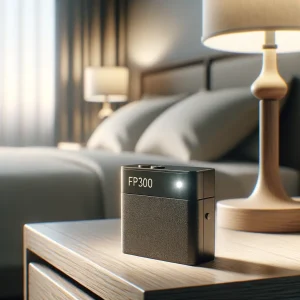Ferrari Goes Electric: Why the First Ferrari Electric Car Matters
Ferrari has long epitomized the marriage of Italian craftsmanship and raw combustion-engine emotion. With governments worldwide tightening emissions targets and luxury buyers demanding sustainable options, the iconic marque is preparing to unveil its first Ferrari electric car. Spy shots of a heavily camouflaged test mule have electrified the supercar community, confirming that Maranello’s engineers are deep into real-world validation. For enthusiasts, this development is more than just another model launch; it signals Ferrari’s commitment to stay ahead in the fast-evolving EV race while preserving the brand’s legendary driving soul.
From the limited-run SF90 Stradale plug-in hybrid to the cutting-edge 296 GTB, Ferrari has been inching toward full electrification. However, a purely battery-powered Ferrari EV represents a monumental step—one that must harmonize blistering performance, sculptural design, and the unmistakable soundtrack fans expect. Early reports hint at a crossover-inspired body style that taps into the booming luxury SUV segment without diluting Ferrari DNA. When you consider how Porsche’s Taycan redefined the electric sports sedan category, it’s easy to see why Ferrari is determined to set its own benchmark. If you’re new to Ferrari’s electrification journey, explore our deep dive into the 296 GTB hybrid architecture and our guide to how Formula 1’s hybrid systems influenced road cars. Those insights provide valuable context for understanding how this milestone EV will fit within the broader Ferrari lineup.

Design Cues: Borrowing from Purosangue for a Sleek Ferrari EV Silhouette
The prototype captured by spy photographers appears to blend elements from several existing models, most notably the Purosangue crossover. Up front, the headlights and grille outline echo that V12 flagship, yet the bumper openings are reshaped for improved airflow and battery-cooling channels unique to an electric drivetrain. The body panels—reportedly stitched together from multiple donor cars—give away Ferrari’s usual practice of disguising the final form. Look closely and you’ll notice flared wheel arches hinting at the ride height of a performance-oriented crossover, while the roofline tapers like a five-door hatchback.
If these clues hold true, the first Ferrari electric car may straddle the line between GT comfort and SUV practicality. Designers are likely maximizing under-floor battery packaging by opting for a slightly taller stance, granting both cabin space and aerodynamic efficiency. Signature details—flush door handles, muscular haunches, and a vented bonnet—should remain unmistakably Ferrari, ensuring that an EV badge never compromises visual drama. Inside, expect a digital cockpit influenced by the Roma’s dual-cockpit layout, featuring sustainable Alcantara, recycled carbon fiber, and an advanced infotainment suite. For enthusiasts comparing future electric super-SUVs, check out our recent analysis of Lamborghini’s Lanzador concept and Aston Martin’s DBX707 interior redesign—two relevant points of reference when envisioning Maranello’s answer.

Performance Predictions: Battery, Motors & Sound for the First Ferrari Electric Car
Ferrari remains tight-lipped on specifications, but industry insiders suggest a dual-motor all-wheel-drive layout producing north of 800 hp. That figure would place the Ferrari electric car squarely against the Tesla Model S Plaid and the Rimac Nevera in straight-line contests, while maintaining Ferrari’s trademark handling finesse. A newly developed skateboard platform is rumored to house a 100-kWh lithium-ion pack capable of 500 km (310 mi) of WLTP-rated range. To achieve weight parity with existing V8 models, engineers may employ lightweight structural carbon composites and next-generation solid-state battery modules in later updates.
One of the most debated topics around the first Ferrari electric car is sound. While EVs are inherently quiet, Ferrari’s acoustic engineers are reportedly experimenting with a multi-speaker exhaust emulator that amplifies motor harmonics through the cabin and exterior vents, providing visceral feedback without artificial gimmickry. Expect advanced torque-vectoring software derived from the SF90’s e-differential to sharpen corner exits, while regenerative braking maps will mimic multi-stage F1-inspired recovery modes. Tech enthusiasts can revisit our breakdown of Porsche’s Taycan 800-volt charging architecture to understand how Ferrari may adopt similar high-speed charging to replenish 80 % of the battery in under 20 minutes—crucial for track-day usability.
Price Tag & Market Strategy: Positioning a Half-Million-Dollar Ferrari EV
Rumors peg the starting Ferrari EV price at roughly US $500,000—about US $60,000 above the newly launched 12 Cilindri. On paper, that figure might raise eyebrows in a market where electric super sedans undercut hypercars by half. Yet scarcity and craftsmanship remain Ferrari’s most potent pricing levers. Limited annual production of fewer than 3,000 units will cultivate exclusivity, while a personalized Atelier program could easily push well-optioned builds beyond US $700,000.
Strategically, Ferrari is targeting ultra-high-net-worth individuals who already own an SF90 or Purosangue and now want an emissions-compliant daily driver without sacrificing prestige. The brand’s chief rival, Lamborghini, won’t field a full EV until later in the decade, giving Ferrari a valuable head start in the halo electric segment. Analysts predict gross margins similar to the LaFerrari Aperta, bolstered by optional carbon-fiber aero packs, bespoke interior trims, and subscription-based connected services. If you’re tracking Ferrari’s pricing history, revisit our article on how the Enzo set resale records and our explainer on Ferrari Classiche certification’s effect on long-term value—the same dynamics will shape this EV’s collectability curve.

Brand Impact: How a Ferrari Electric SUV Could Redefine Maranello
Purists once scoffed at the idea of a Ferrari crossover, yet the Purosangue’s order book was so oversubscribed that Ferrari paused new reservations. The forthcoming Ferrari electric SUV variant—if the prototype indeed follows that format—may broaden the customer base even further, especially in regions with stringent zero-emission mandates. China’s rapidly expanding luxury-EV market and Europe’s impending combustion-engine bans make a strong business case for a battery-powered Prancing Horse.
From a brand-equity standpoint, the first Ferrari electric car serves as a technology halo, showcasing Maranello’s engineering might to a younger, sustainability-minded demographic. Expect racing trickle-downs such as SiC-based inverters and advanced battery thermal management to bolster Ferrari’s reputation for innovation. Investment bank UBS estimates that EVs will account for 60 % of global luxury-car sales by 2030. By entering early, Ferrari positions itself to ride that growth curve without diluting heritage—much as it did when transitioning from V12s to turbo V8s. For collectors curious about residual values, our recent report on Porsche Carrera GT appreciation and our guide to McLaren P1 market trends offer context on how groundbreaking tech cars fare in the long run.

Release Timeline & Final Thoughts: Getting Ready for the First All-Electric Ferrari
Ferrari CEO Benedetto Vigna has indicated that the public debut of the Ferrari electric car will occur in late 2025, with first customer deliveries expected in early 2026. Between now and launch, prototypes will continue clocking thousands of kilometers across extreme climates—from Arjeplog’s frozen lakes to Dubai’s scorching deserts—to validate battery durability and chassis calibration. A private preview for VIP clients is rumored to take place at the newly expanded Maranello e-building next spring.
What should prospective owners do now? First, engage your local dealer to secure a build slot; allocation lists are already forming. Second, stay informed on evolving EV incentives and infrastructure in your region, especially if you plan to track the car or exploit 350-kW public chargers. Lastly, follow every testing update Ferrari releases; each teaser will reveal more about aerodynamics, interface design, or potential performance variants.
The first Ferrari electric car marks a transformative chapter in the brand’s 77-year narrative. It demonstrates that zero-emission performance need not abandon emotion, craftsmanship, or exclusivity. If you crave further insight, browse our technical explainer on solid-state battery breakthroughs and our photo gallery of the Purosangue’s wind-tunnel development—both offer clues to what’s coming next from Maranello. Expect the road ahead to be silent in exhaust note but deafening in innovation.







